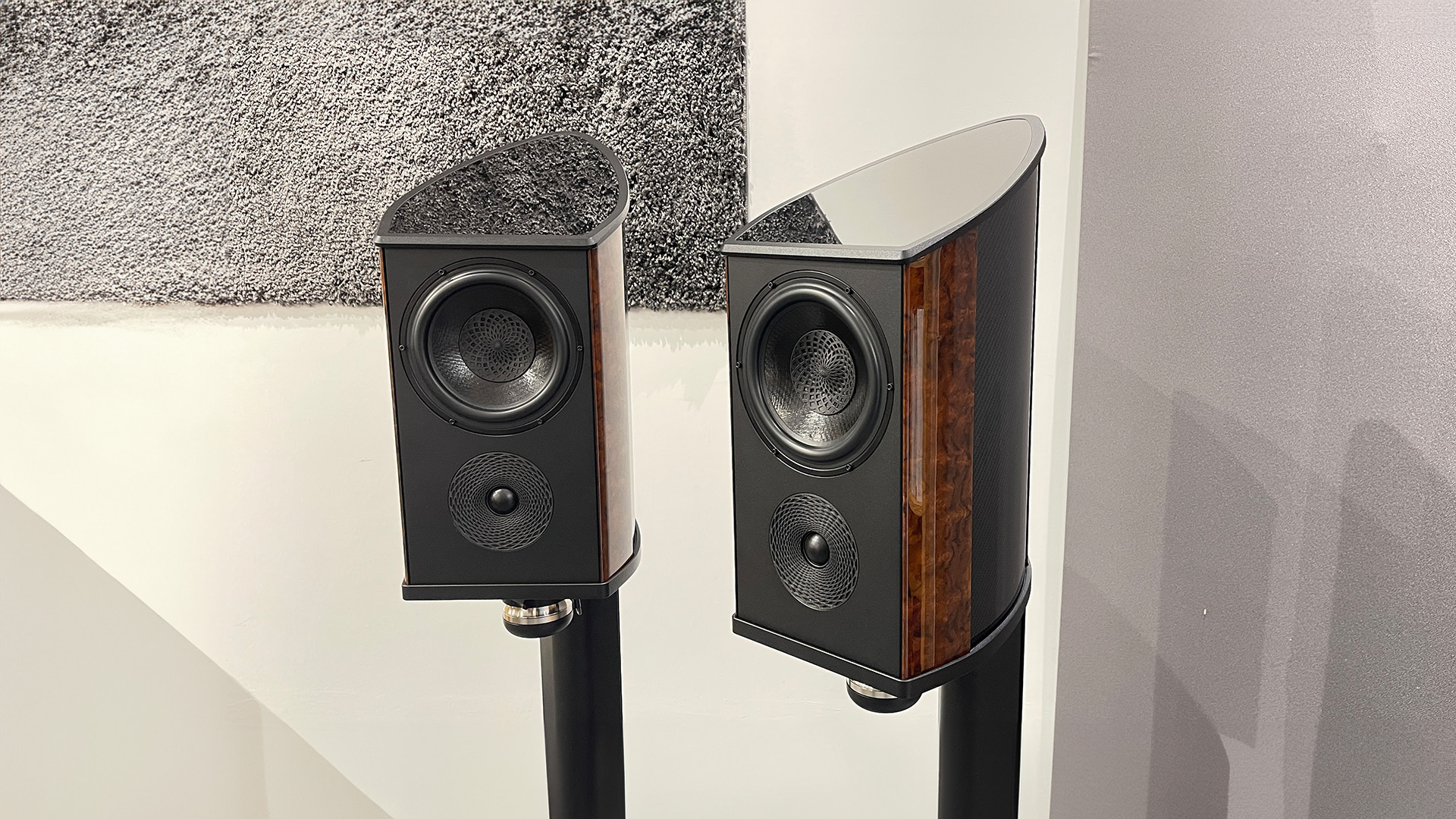What Hi-Fi? Verdict
Wilson Benesch’s Discovery are something of an engineering tour de force and have a sound to match
Pros
- +
Exceptional transparency and insight
- +
Vivid dynamics
- +
Impressive engineering and design
Cons
- -
Demands a top-class partnering system
- -
Price puts it beyond the means of most
Why you can trust What Hi-Fi?
Wilson Benesch’s Discovery speakers and What Hi-Fi? have a history, and it is a good one. We reviewed the first generation model just over twenty years ago and at the time we loved its brave design, clever engineering and class-leading performance. Subsequently, we used the speakers in our reference surround music system. DVD Audio and SACD multichannel had just been launched and we wanted a speaker package that could put a microscope on the performance of each format. The Discovery did that with aplomb.
Build & design
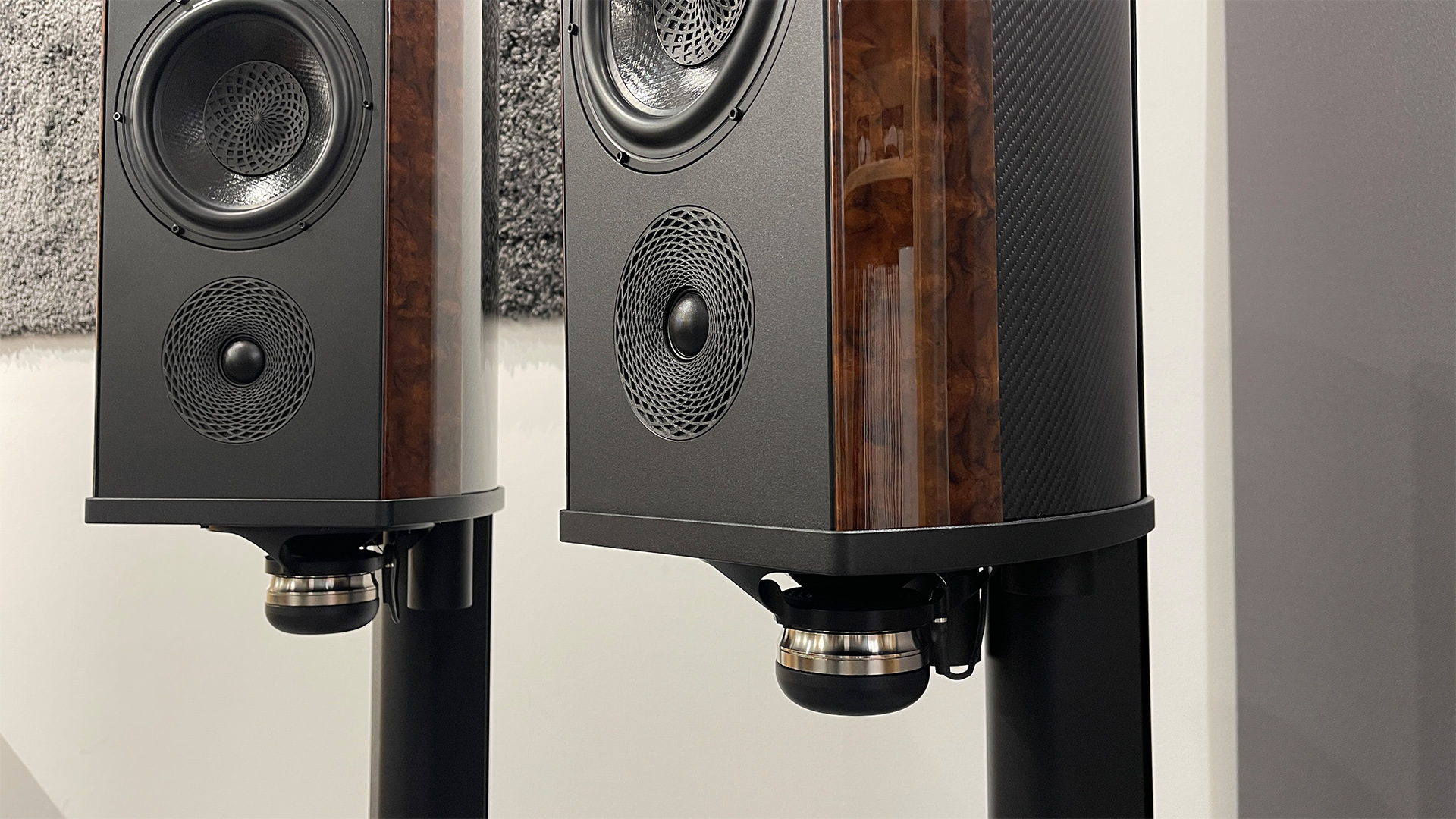
So here we are a couple of decades later sitting in front of the latest generation of Discovery speakers and they feel ever so familiar. The Wilson Benesch Discovery 3Zero design’s original concept remains remarkably uncorrupted by the passing of time from the curved, composite cabinet with integral stand to the 2 1/2-way driver configuration with isobarically configured bass units half exposed at the base of the enclosure. What the company has done over the last few decades, however, is to obsessively evolve every ingredient of the Discovery recipe to gain not only more performance but also become more environmentally friendly.
The biggest change is to the cabinet where the main U-shaped carbon fibre section that once made up the sides of the enclosure in the original has been swapped for one made of a new biocomposite material. This material is claimed to be stiffer and better damped while being more natural, renewable and sustainable than carbon fibre. It was developed as part of a pan-European research project financed by the EU to the tune of €7.4million. The rest of the enclosure consists largely of aluminium, including the spine of the cabinet which is an integral part of the stand. The result is a structure that feels immensely solid and well controlled. The cabinet’s curved shape and angled top panel also resist the build-up of internal standing waves, which is a good thing as far as sound quality is concerned.
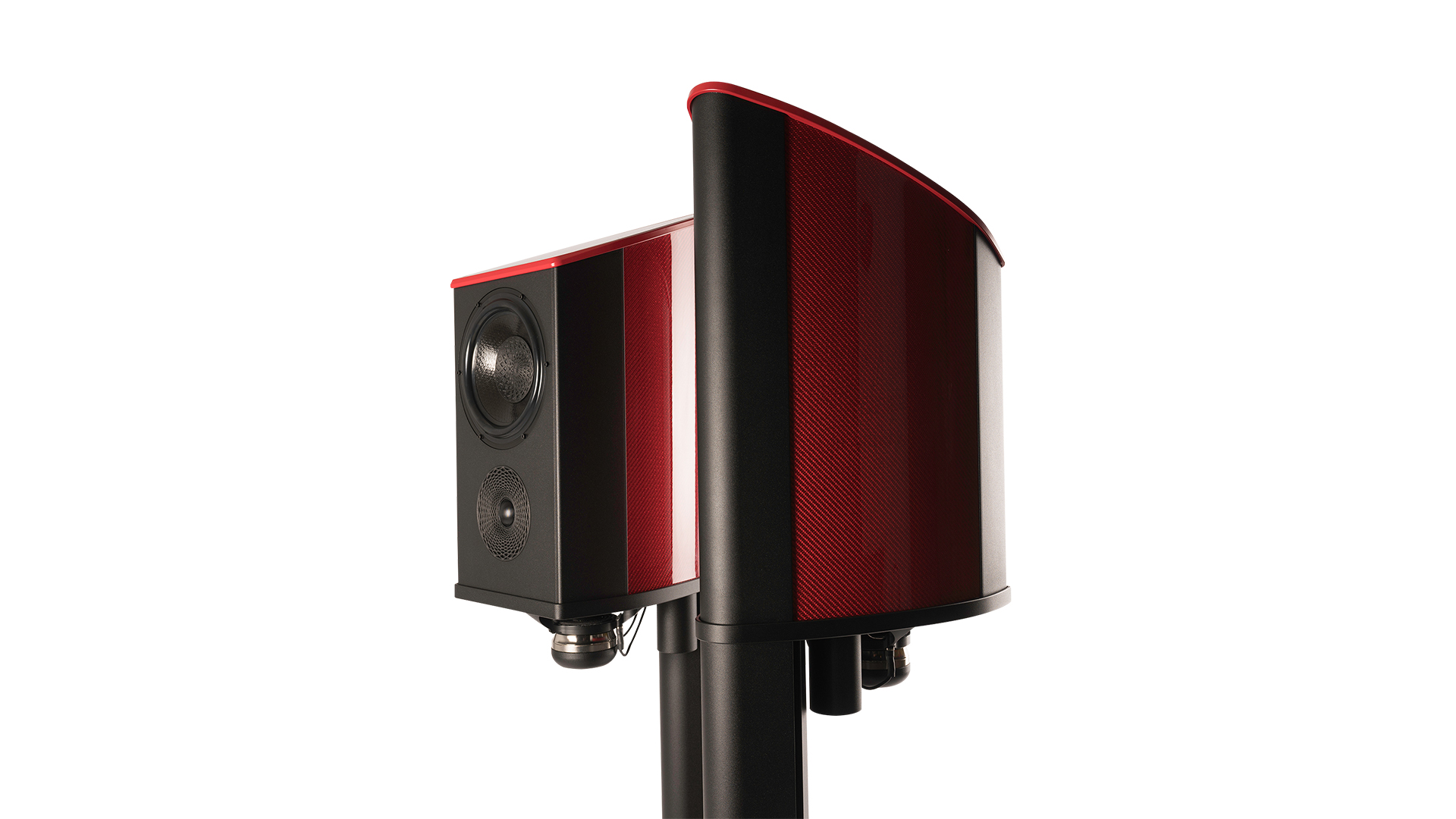
Type Standmounts
Drive units 25mm tweeter, 17cm Tactic 3.0 mid/bass, 2 x 17cm Tactic 3.0 in Isobaric configuration
Ported? Yes (downward)
Bi-wire? Yes
Impedance 6 ohms
Sensitivity 89dB
Dimensions (hwd) 119 x 19 x 41 cm
Weight 35.5kg
Finishes x 1 (textured back) plus premium options
It is impressive that a company as small as Wilson Benesch has designed all the Discovery’s drive units in-house. The Fibonacci tweeter is a hybrid design that uses a 25mm silk dome diaphragm reinforced by carbon fibre strands to add rigidity to its centre and around the sides. This reinforcement is claimed to improve all aspects of the dome’s performance, allowing the design to reach 30kHz. Another clever design feature is that the dome’s rearward sound isn’t just fed into a damped chamber like most rival designs. Rather it is absorbed by a 3D-printed labyrinth structure mounted directly behind it so that none of this unwanted sound reflects back and causes distortion. Neat.
That distinctive tweeter faceplate is also 3D printed. It is shaped to improve dispersion and helps to deliver a more even frequency response. The faceplate is decoupled from the tweeter assembly and this reduces structure-borne resonances.
A Tactic 3.0 mid/bass unit sits above the tweeter on the front baffle. We have heard this driver before in the company’s A.C.T. 3Zero floorstanders, but it is important to note that Wilson Benesch optimises the drive unit for its intended use in each model, so they differ in detail. That’s the advantage of making all the drivers in-house rather than buying from large OEM suppliers as most rivals do.
This 17cm drive unit uses an isotactic polypropylene diaphragm (of the kind the company has championed for many years) and a specially designed 3D printed dustcap that is claimed to improve the cone’s behaviour at break-up (the very top end of its operating frequency). Bass is delivered by a pair of the Tactic 3.0 drivers, configured in an isobaric clamshell arrangement and mounted on the underside of the Discover’s cabinet. There are separate ported chambers inside the enclosure for both the mid/bass unit and the compound drivers.
The latest hi-fi, home cinema and tech news, reviews, buying advice and deals, direct to your inbox.
Isobaric designs aren’t very common because of design complexity and the additional cost of a bass driver, but such a configuration does yield greater bass extension for a given cabinet volume than conventional alternatives such as reflex ports or passive radiators.
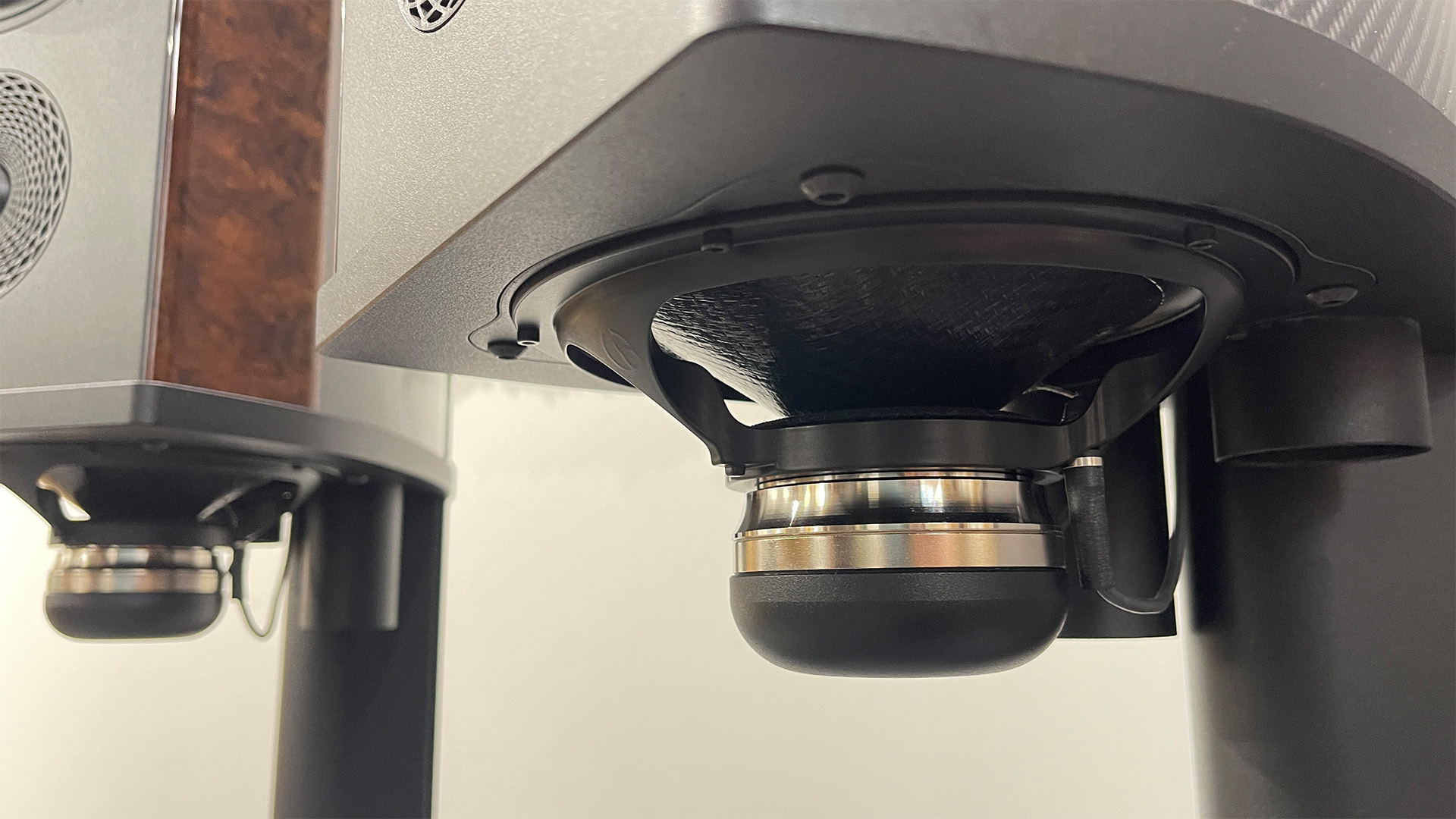
Wilson Benesch favours simple crossover designs and the one used here is no different with first-order networks used at the top end of the mid/bass and isobaric pair’s operating band and a still-gentle second-order to roll to tweeter. The crossover point between the tweeter and mid/bass is relatively high at 5kHz while the isobaric pairing starts helping below a more conventional 500Hz.
The Discovery’s build quality is as good as you would hope at its price. Its cabinet feels as inert and solid as would be expected given the elaborate construction methods and high-tech material involved. This is a thoughtful and obsessively engineered product and that’s the way it comes across. The basic finish option is textured black but you can add more extravagant finishes to the front edges, sides and even the magnet system on the exposed isobaric driver for a price premium. It shouldn’t be difficult to fine-tune the Discovery’s look to your room and tastes.
Compatibility
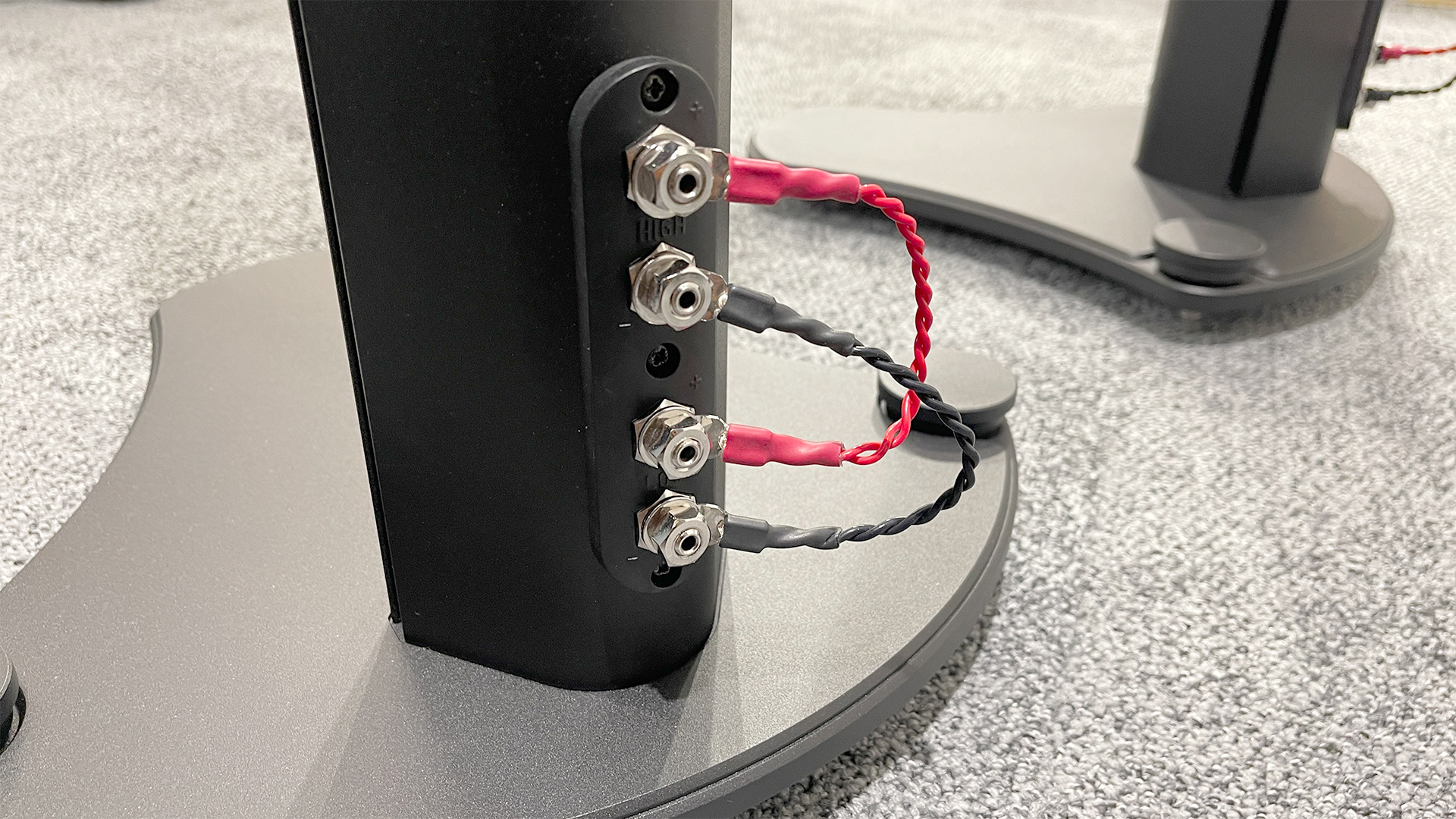
These speakers aren’t particularly difficult when it comes to positioning. Their low-end behaviour is controlled enough for them to sit relatively close to a wall but that’s not something we would recommend. Do that and you will lose a fair portion of the Discovery’s enviable ability to render a convincingly-layered soundstage. In our 3 x 7 x 5m (hwd) test room they sound best out in the open, and despite their relatively compact nature, manage to deliver enough in terms of low-end reach and power to satisfy.
They are less forgiving of partnering equipment, though. That’s not down to any fundamental shortcoming in their character, more that they are staggeringly transparent. These speakers won’t hide weaknesses, so make sure you are thoroughly convinced by the rest of your system. There is an upside of course, and that’s when you use top-class components (Naim's ND555/555 PS DR music streamer, the Technics SL-1000R/Kiseki Purpleheart MC record player and Burmester 088/911 MkIII pre/power in our case), when these Wilson Benesch speakers shine.
Sound
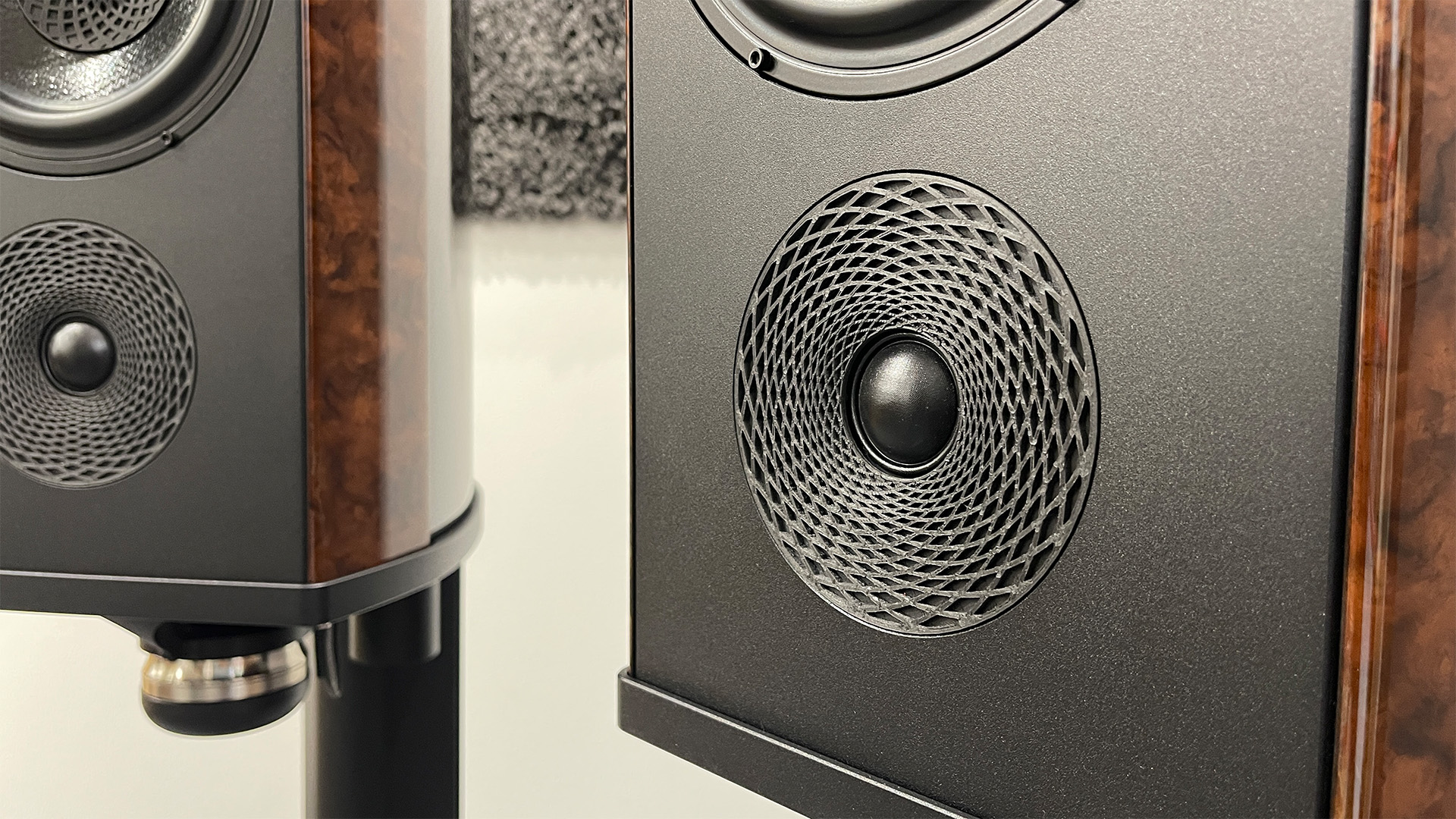
The first time you listen to them don’t be surprised if you feel like something is missing. It took a few minutes to realise that the missing thing was the lack of sound from the speaker cabinet. You can usually hear that as something that raises the speaker’s noise floor, so reducing dynamic expression, or as background hash that degrades clarity, definition and even the accuracy of tonal textures. All that fuss over the Discovery’s cabinet design and the materials employed clearly pays dividends; it really feels like we are hearing just the output from the drive units and nothing else.
As we play The Flower Duet from Delibes we are taken by the Discovery’s ability to float a huge soundstage and populate it with precisely focused and layered voices and instruments. Just as impressively, when we close our eyes it is impossible to pinpoint the location of the speakers within the soundstage, so discreet is the cabinet contribution and so cohesive the drive units’ dispersion. The latter is helped by the way the speaker’s design positions all the drive units so closely together.
The Discovery 3Zero speakers have impressive powers of resolution. They can dig deeply into any recording and lay it all out for the listener to analyse. Time after time we find ourselves hearing low-level information that most other speakers simply ignore. We hear the subtle clues that define the size of the recording venue in Beethoven’s Moonlight Sonata and marvel at the convincing way these speakers render the rich harmonics of the piano. The leading edges of notes are crisply defined yet never sound hard-edged or unnatural. There is a pleasing amount of weight and authority here too, though if you prioritise low-end power and muscularity you should really be looking at much larger alternatives or budget for the Discovery’s floorstanding sibling, the equally exceptional A.C.T. 3Zero.
Our Discovery review samples are the very same pair that Wilson Benesch used for its demonstration at the 2024 Bristol Hi-Fi Show. Those who visited will know that the company was in a very large space at that event and used the Discovery with the new IGx subwoofer to great effect. So, there are plenty of options for those who want more low-end heft in larger spaces than these relatively compact speakers can deliver.
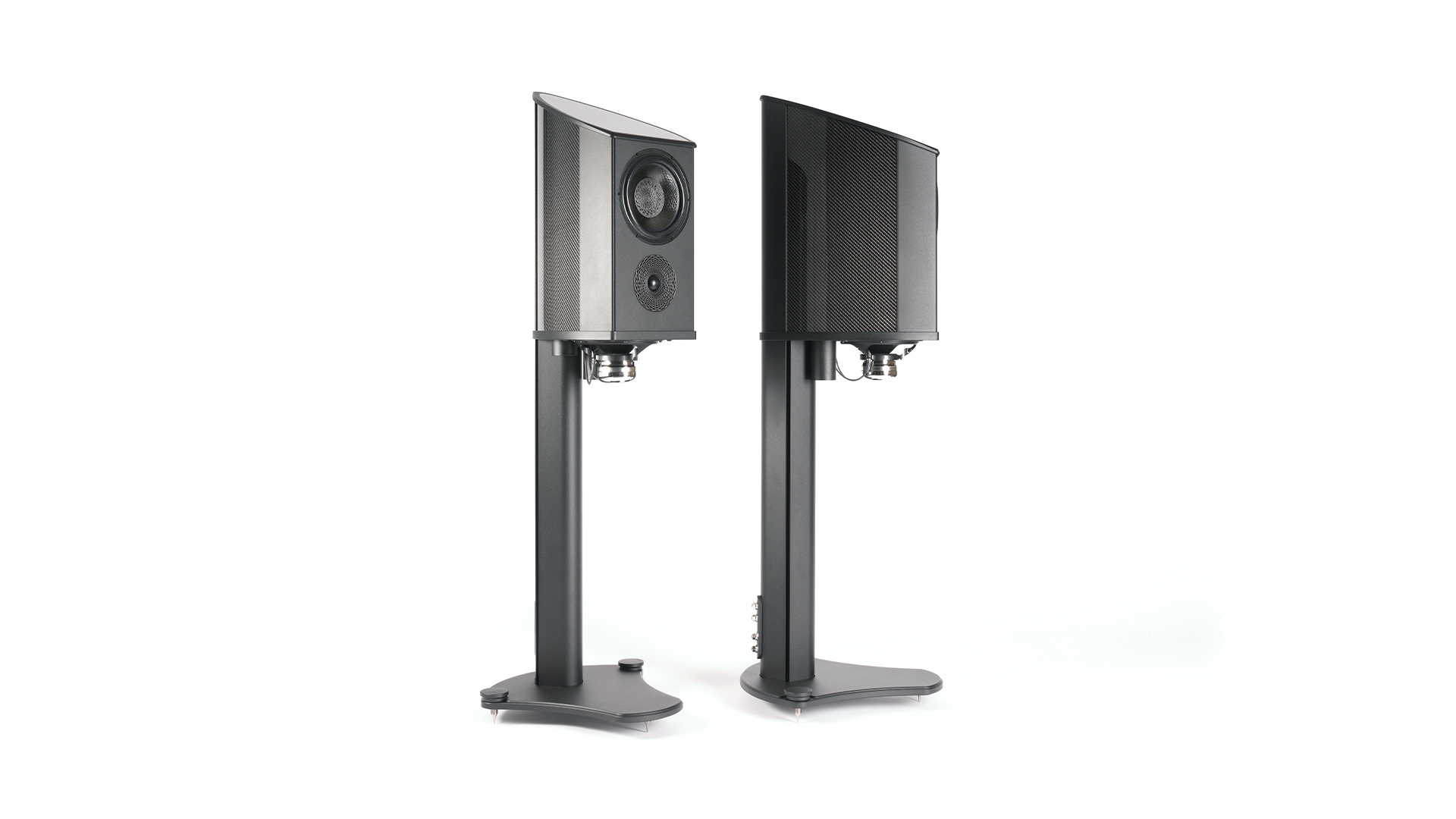
Tonally, these Wilson Benesch sound balanced and essentially neutral; there is no obvious emphasis at any part of the frequency range. They are free-flowing when it comes to dynamics too. As we listen to Give Away Your Heart by The Unthanks we’re taken by their unrestrained dynamics and the explicit way they communicate shifts in musical mood. The group’s vocals come through with class-leading clarity and naturalness, and it is a treat to hear the way these speakers reproduce vocal textures and nuances. Just as pleasing is the enthusiasm with which they deliver rhythmic drive and their masterly manner of conveying the changing momentum of the music.
The Discovery 3Zero’s rhythmic ability is highlighted when we play an old favourite in the form of Major Lazer’s Pon De Floor. Here, they prove happy to dance and deliver the hard-charging music with all its effervescence intact. We’re pleased with the attack and bite on offer and love the speaker's taut yet fluid bass performance. They really are the complete deal.
Verdict
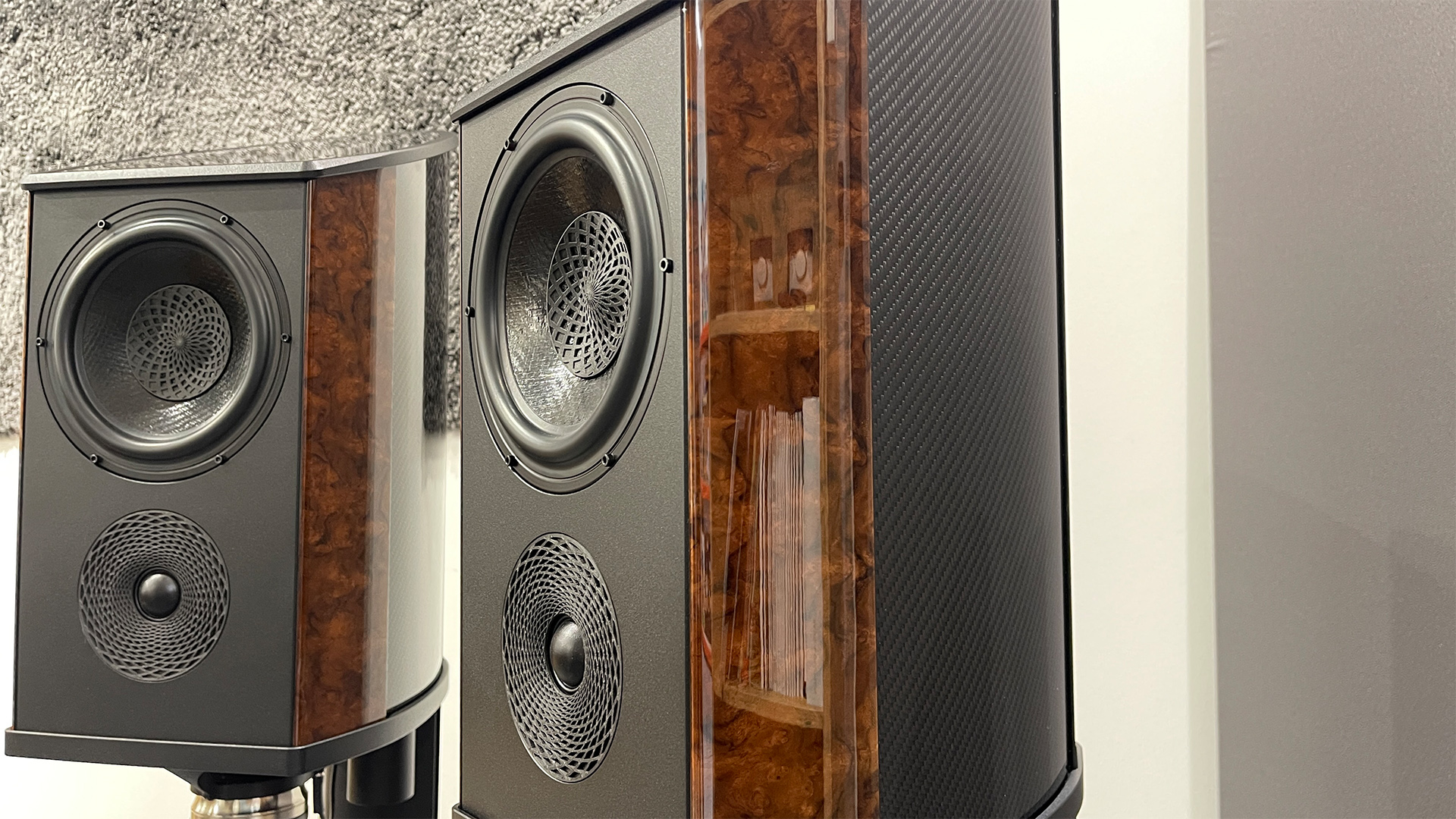
It should be clear by now that we rate the Discovery 3Zero very highly, as we did their bigger A.C.T. 3Zero siblings. If you are after a transparent and revealing pair of speakers then there are few alternatives as capable as these. They may be hugely expensive but when partnered well and carefully set up they are capable of sounding magical.
SCORES
- Sound 5
- Build 5
- Compatibility 4
MORE:
Read our review of the Magico A1 speakers
Also consider the ATC SCM50 speakers
Read our Wilson Benesch A.C.T. 3Zero review
Best bookshelf speakers: top standmounts for every budget tested
What Hi-Fi?, founded in 1976, is the world's leading independent guide to buying and owning hi-fi and home entertainment products. Our comprehensive tests help you buy the very best for your money, with our advice sections giving you step-by-step information on how to get even more from your music and movies. Everything is tested by our dedicated team of in-house reviewers in our custom-built test rooms in London, Reading and Bath. Our coveted five-star rating and Awards are recognised all over the world as the ultimate seal of approval, so you can buy with absolute confidence.
